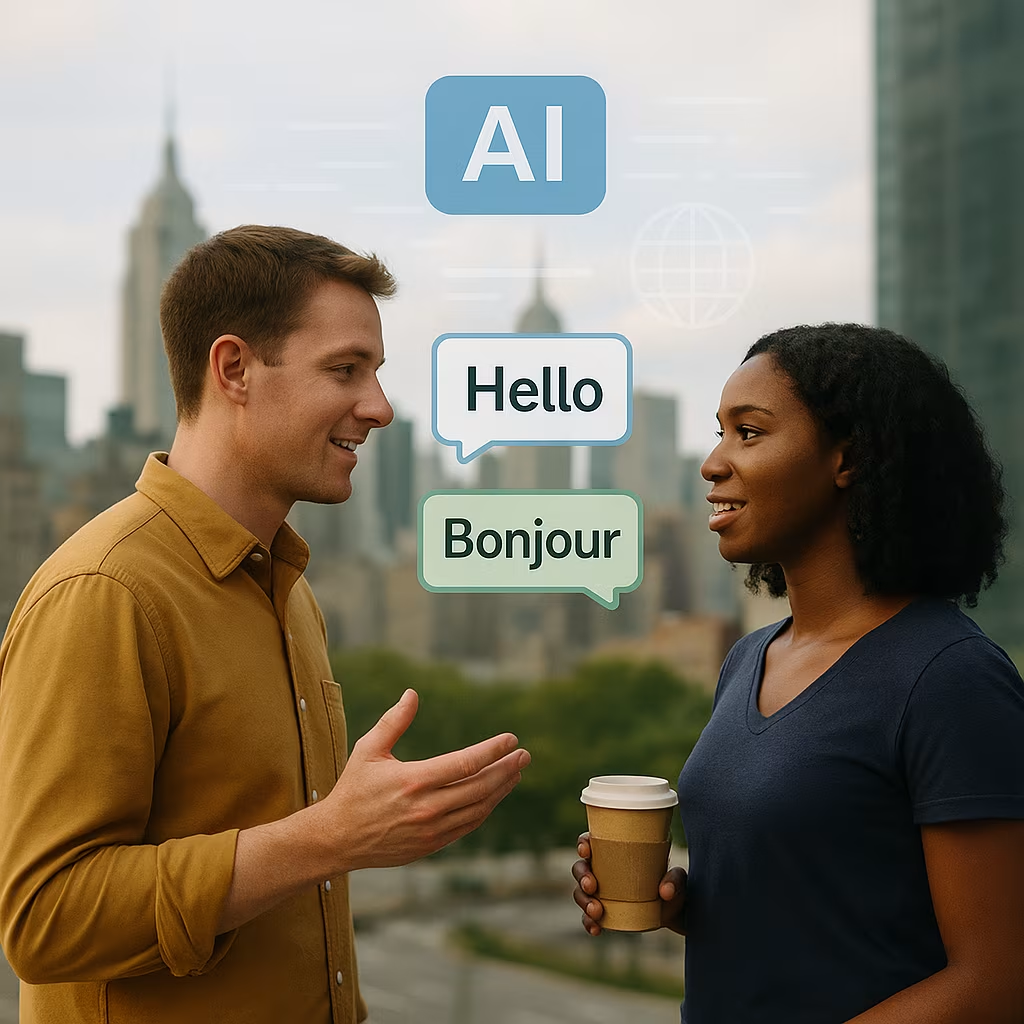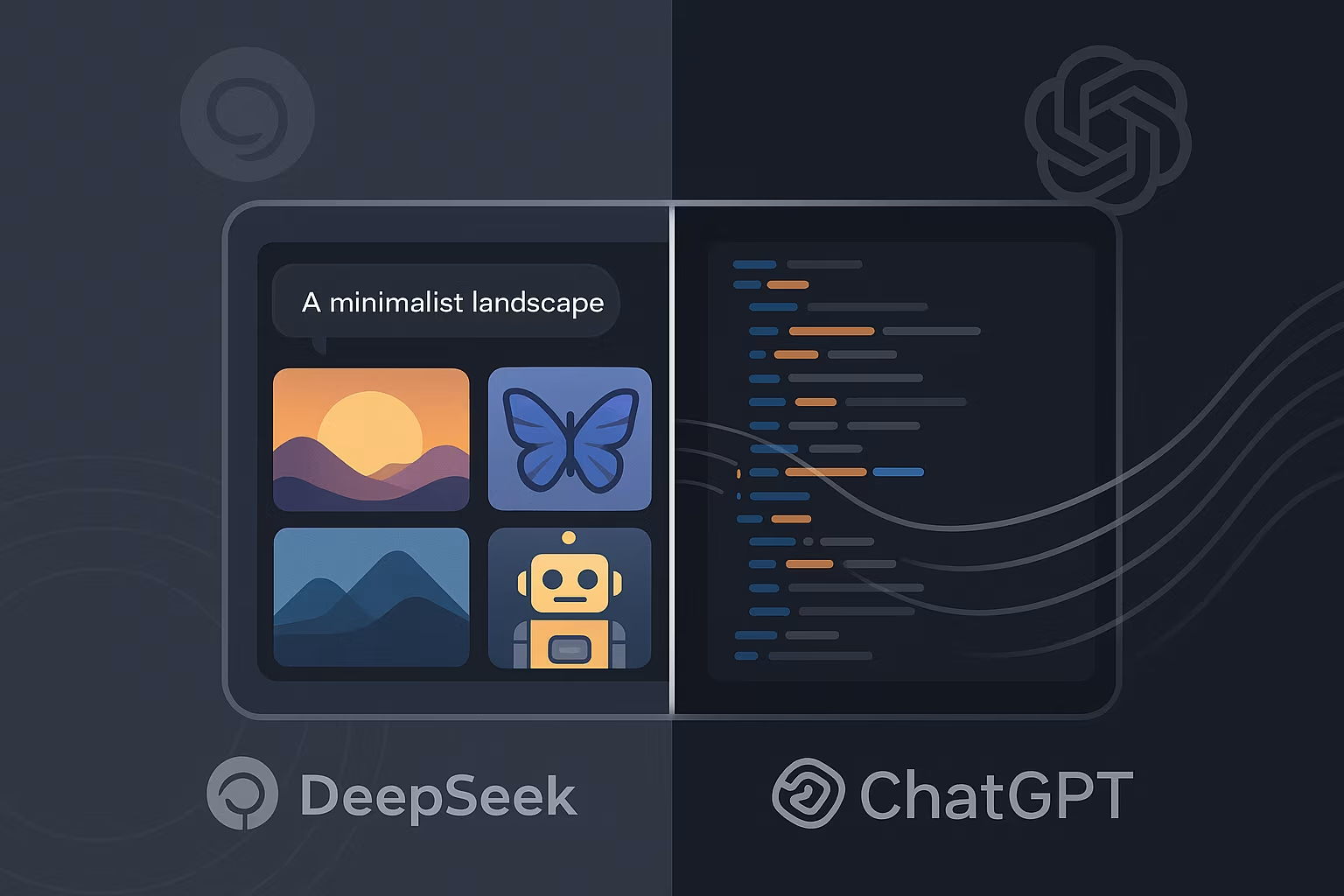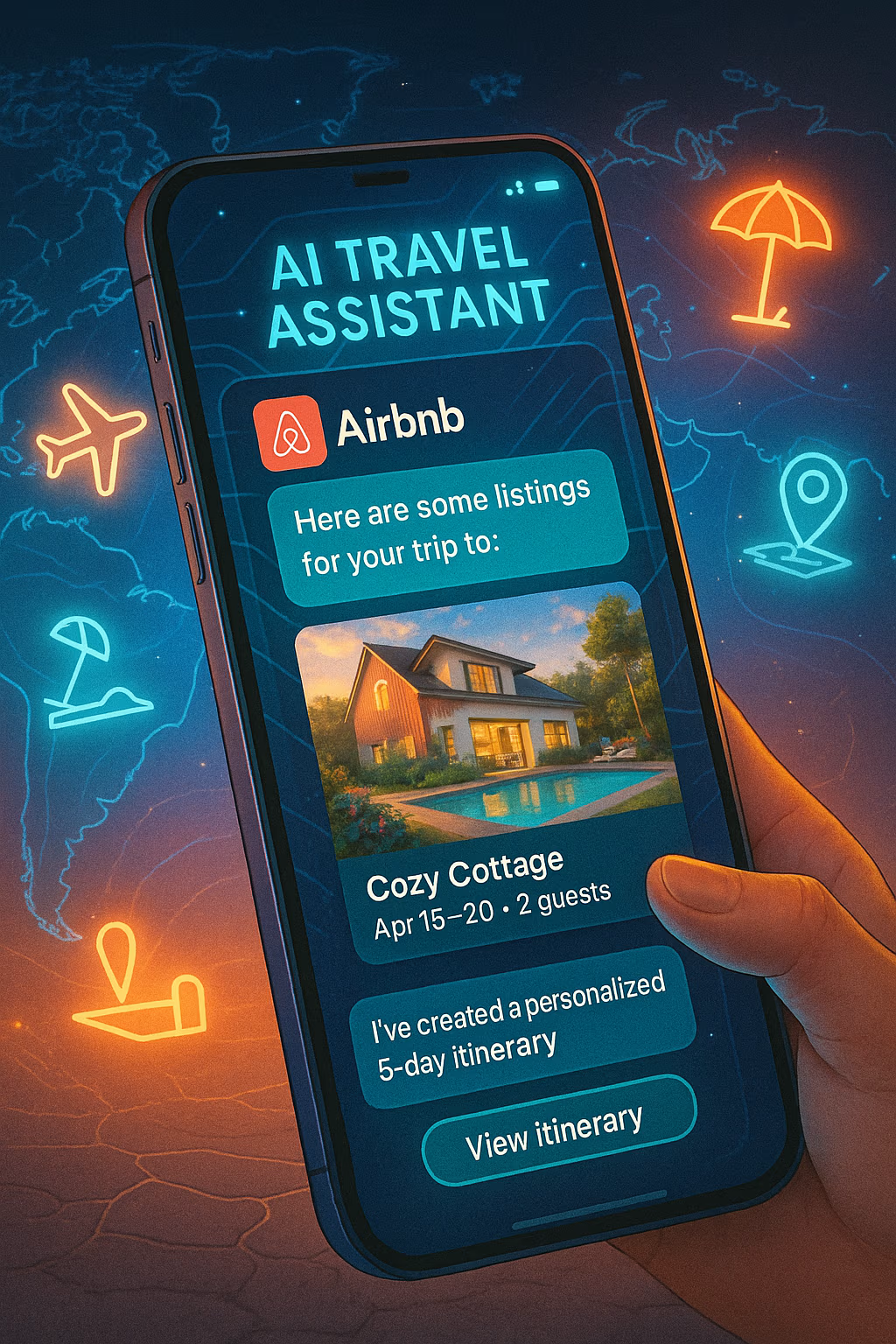For over a decade, Google Translate has served as a bridge between languages — from simple phrase lookups to full document translations. In 2025, it has evolved from a useful digital tool into a powerful, real-time conversation engine. Behind this leap lies a sophisticated network of artificial intelligence, machine learning, and neural language modeling that’s transforming how the world communicates.
Whether you’re traveling, doing business globally, or simply curious about other cultures, the latest updates to Google Translate are designed to make multilingual communication faster, more accurate, and more human-like than ever.
Let’s explore how Google Translate is getting smarter in 2025, what powers its real-time capabilities, and what it means for the future of global conversations.
From Rule-Based to Neural: The Evolution of Google Translate
When Google Translate launched in 2006, it was built on a rule-based and phrase-based system that relied heavily on predefined vocabulary, syntactic rules, and static translation databases. While it was groundbreaking at the time, the results were often clunky, literal, and grammatically awkward.
That changed in 2016 with the introduction of the Google Neural Machine Translation (GNMT) system. GNMT brought deep learning to the platform, allowing it to consider entire sentences — not just word pairs — and context across longer text passages.
Fast forward to 2025, and Google Translate now operates on advanced transformer-based language models, similar to the architecture that powers systems like GPT and Gemini. These models use attention mechanisms and massive multilingual datasets to capture meaning, tone, idioms, and cultural nuance.
Real-Time Conversations, Powered by AI
One of the biggest breakthroughs in 2025 is Translate’s enhanced Live Conversation Mode — a feature that allows two or more people to speak in different languages and receive real-time translations.
Whether it’s an English speaker chatting with a Mandarin speaker or a French tourist ordering food in Morocco, Translate now handles these interactions with remarkable speed and accuracy, thanks to on-device AI processing and improved speech recognition.
Key enhancements include:
- Contextual memory: The system now remembers key topics from earlier in the conversation to improve coherence.
- Natural pauses and turn-taking: AI can recognize when one person is done speaking and smoothly transition to the next speaker without overlap.
- Tone awareness: The translations now better reflect the formality, emotion, or humor in speech.
- Offline support: Users can download specific language pairs with full AI capabilities — even in airplane mode or remote areas.
These improvements are making real-time multilingual conversations not just possible — but practical.
AI-Powered Language Expansion
As of 2025, Google Translate supports over 160 languages, including new additions like Wolof, Quechua, and Guarani — many of which are low-resource languages that were previously underserved by translation technologies.
How? Through AI-driven techniques like:
- Zero-shot learning: The model learns to translate between languages it has never explicitly seen paired together.
- Transfer learning: Knowledge from high-resource languages is transferred to similar low-resource ones.
- Community feedback loops: Users and linguists help fine-tune translations by flagging errors and suggesting better alternatives.
By focusing on inclusivity and linguistic diversity, Google is helping to preserve endangered languages and make the internet more accessible to non-English-speaking populations.
Translate’s Integration Across Google Ecosystem
Google Translate is no longer a standalone app — it’s now deeply embedded across the Google ecosystem. This makes translation capabilities available wherever users interact with content.
Notable integrations include:
- Chrome: Auto-translation of webpages in real time, with smarter formatting preservation.
- Google Lens: Point your phone camera at signs, menus, or books and get instant visual translations.
- Gmail and Docs: Seamless inline translations of emails or documents with tone control and formatting retention.
- Android keyboard: Type in your native language and have it instantly converted into another — useful for chats, posts, or even job applications.
Translate’s presence across platforms means users can switch languages effortlessly, regardless of what they’re doing or where they are.
The Role of Multimodal AI
The future of translation is not just text or voice — it’s multimodal. In 2025, Google Translate is integrating vision, audio, and text inputs into a unified understanding model.
For example:
- You can speak a sentence, have it translated into both text and audio, and displayed in AR glasses as subtitles.
- You can scan a document with your camera, and Translate will read it aloud in your chosen language, mimicking natural voice patterns.
- In video calls, real-time subtitles are automatically translated for all participants — enabling truly global collaboration.
Multimodal AI makes the translation process richer, more accessible, and closer to real human interaction.
Privacy and On-Device Processing
One of the major improvements in 2025 is Translate’s ability to handle sensitive data locally on your device, without sending everything to the cloud.
Benefits include:
- Faster translations with minimal lag
- Better data privacy, especially for businesses and healthcare providers
- Offline functionality for travelers or users in low-connectivity areas
This is made possible by optimized language models that run efficiently on mobile processors — a huge leap forward from the cloud-only days.
The Impact on Global Communication
The new capabilities of Google Translate are changing the way people connect — in education, business, travel, customer service, and even healthcare.
Teachers can now conduct bilingual classes. Customer support agents can serve clients across borders. Doctors can communicate with patients in emergencies, regardless of language barriers.
In an increasingly globalized economy, this technology is not just a convenience — it’s a necessity. Google Translate is becoming a universal translator that helps break down walls between cultures and opens new pathways to connection.
Google Translate in 2025 is no longer just a translation app — it’s a full-fledged AI-driven communication platform that’s bridging the world one conversation at a time. From real-time dialogue and multimodal inputs to on-device privacy and support for low-resource languages, Translate is smarter, faster, and more human-aware than ever.
Whether you’re using it to navigate a foreign country, expand your business internationally, or simply connect with someone in another part of the world, Google Translate is now a critical tool for global communication in the AI era.
As the technology continues to evolve, one thing is clear: language will no longer be a barrier — it will be a bridge.





